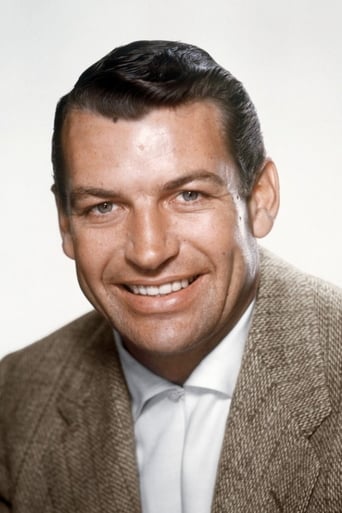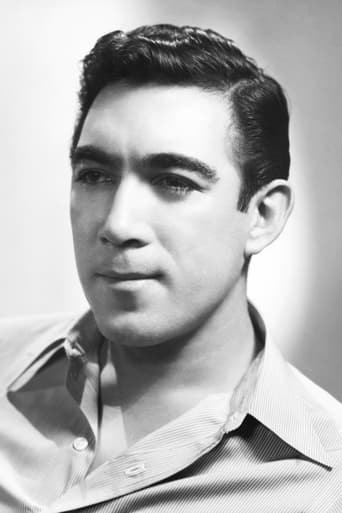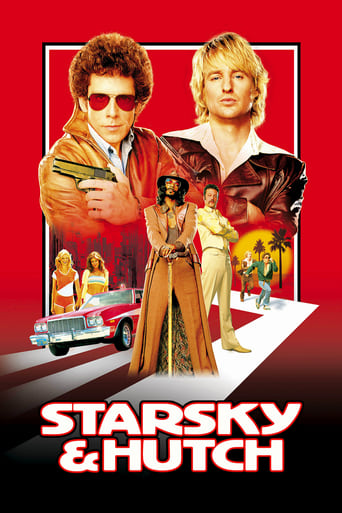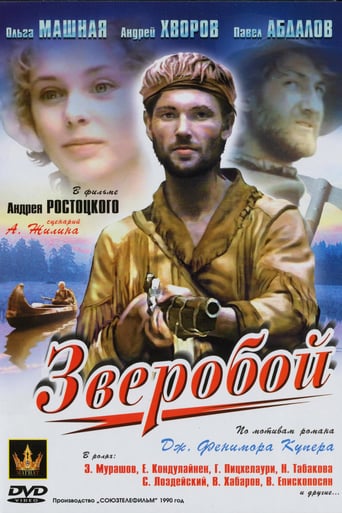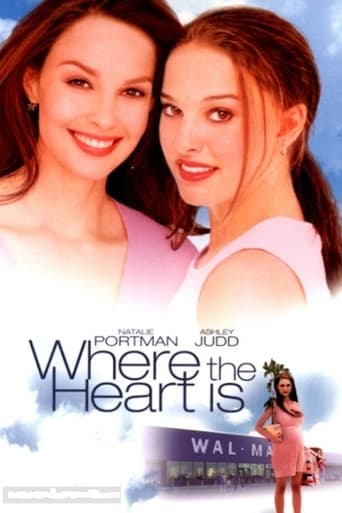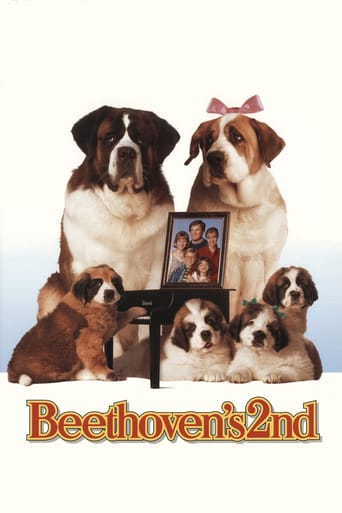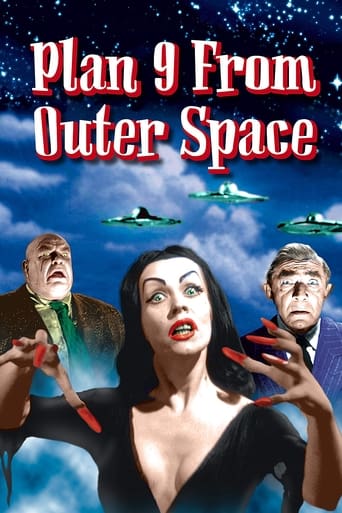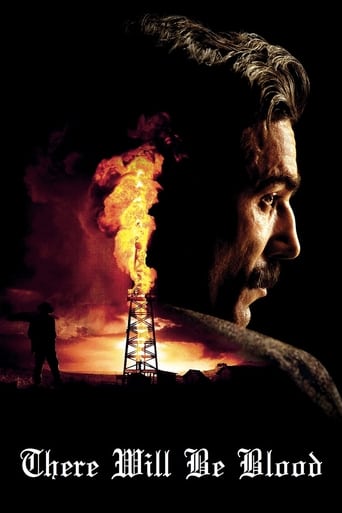
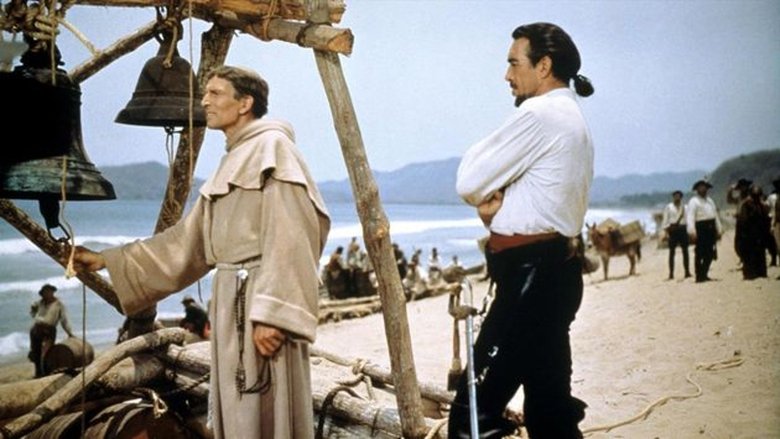
Seven Cities of Gold (1955)
In 1769, a Spanish expedition to California seeks to conquer the land and discover its famed gold treasures while missionaries aim to gain new converts and establish a network of Catholic missions.
Watch Trailer
Cast
Similar titles
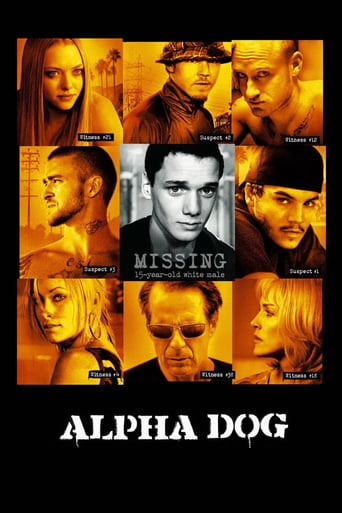
Reviews
Admirable film.
Pretty good movie overall. First half was nothing special but it got better as it went along.
I cannot think of one single thing that I would change about this film. The acting is incomparable, the directing deft, and the writing poignantly brilliant.
An old-fashioned movie made with new-fashioned finesse.
In the 16th , 17th , 18th centuries, the Spaniards in New Spain (now Mexico) began to hear rumours of "Seven Cities of Gold" called "Cíbola" located across the desert, hundreds of miles to the north . The stories may have their root in an earlier Portuguese legend about seven cities founded on the island of Antillia by a Catholic expedition in the 8th century . The later Spanish tales were largely caused by reports given by the four shipwrecked survivors of the failed Narváez expedition, which included Álvar Núñez Cabeza De Vaca . This is the story of the making...and the forging...of California...when men chose gold or God...the sword or the Cross! . As the adventurers said they had heard stories from natives about cities with great and limitless riches . As the film deals with an expedition of Spanish conquistadors led by Capt. Gaspar De Portola (Anthony Quinn) who along with military and missionaries descend in 18th century California looking for secret Indian caches of gold . Along the way they suffer attacks , pains , and sacrifices , due the strong opposition of the aborigines . Meanwhile , roughnecks and Indians (Jeffrey Hunter , Rita Moreno) learn ways of God , thanks to Father Junipero Serra (Michael Rennie) . While traveling on foot from Vera Cruz in search for the seven fabled wealthy cities of gold , he injured his leg in such a way that he suffered from it throughout , though he continued to make his journeys on foot whenever possible , and he efforts to establish missions . As when in 1769 the party reached San Diego on July 1, Father Serra stayed behind to start the Mission San Diego De Alcalá, the first of the 21 California missions .Regular semi-lavish costume epic based on historic facts about conquistadors and missionaries in search for fabled Indian treasure in Western US , California . This colorful picture contains thrills , emotion , religious feeling , and wonderful outdoors from Mexico . Interesting , though a little boring screenplay by John Higgins based on the novel "The Nine Days of Father Serra" written by Isabelle Gibson . Main cast gives passable interpretation such as as Richard Egan , Michael Rennie and Anthony Quinn . Being accompanied by a notorious support cast as Rita Moreno , Jeffrey Hunter , John Doucette , and Mexican actors as Eduardo Noriega . Thrilling as well as sensitive musical score by Hugo Friedhofer . Luxurious cinematography by Lucien Ballard in CinemaScope and shot in Mexico : Guadalajara, Jalisco and Manzanillo . The motion picture was middlingly directed by Robert D. Webb. The flick was based on actual deeds about a famous Father , Fray Junipero Serra . He was born (November 24, 1713 – August 28, 1784) in Petra , Majorca . He was a Spanish Franciscan friar who founded a mission in Baja California and the first nine of 21 Spanish missions in California from San Diego to San Francisco, which at the time were in Alta California in the Province of Las Californias in New Spain. The Franciscans took over the administration of the missions on the Baja California Peninsula from the Jesuits after King Carlos III ordered them forcibly expelled from New Spain on February 3, 1768. Serra became the "Father Presidente." On March 12, 1768, Serra embarked from the Pacific port of San Blas on his way to the Californias. He began in San Diego on July 16, 1769, and established his headquarters near Monterey, California, at Mission San Carlos Borromeo de Carmelo. The missions were primarily designed to convert the natives. Other aims were to integrate the neophytes into Spanish society, and to train them to take over ownership and management of the land. As head of the order in California, Serra not only dealt with church officials, but also with Spanish officials in Mexico City and with the local military officers who commanded the nearby Presidios (garrisons). Serra was beatified by Pope John Paul II on September 25, 1988 and Pope Francis expects to canonize him in September 2015 during his first visit to the United States.
The film ends with Franciscan Father Serra(Michael Rennie) ringing a set of bells that has just arrived from the awaited San Antonio, thus negating the planned abandonment of the primitive initial Spanish settlement in Upper California, at San Diego, due to lack of supplies and reinforcements. He's ringing them for joy and as a demonstration of their hoped for use in calling converted Native Americans(NAs) to prayer. However, they might have been rung to commemorate all those Spaniards who died in this initial expedition into the unknown of Upper California, and to all those NAs in CA who would die from introduced diseases and mistreatment by the Spanish, and to those Spanish who would die at the hands of those many NAs in this region who wanted the Spanish to leave.I hate the title and the implication that this expedition was mostly about looking for gold to steal from the CA natives. Historically, it was motivated by the fear of King Carlos III that some other European power would soon claim this territory before the Spanish got around to establishing some sort of presence there. The 'Seven Cities of Gold' was, of course, a fable, originating from NAs 2 centuries before, that Coronado wasted his time chasing. Of course, the present expedition was an equal failure in this respect. The opening narration suggests that this film is also the story of the Spanish 'conquest' of CA. Again, it's not. It's merely the story of the founding of the first Spanish mission in Upper CA, which would be burned to the ground within a year by NAs, to be rebuilt.The character Captain Portola(Anthony Quinn), Father Serra, and Graves, are based on those historical persons who were most instrumental in planning and executing this venture. The incident where Portola initially meets Serra in a village, and offers a declined invitation to ride to Mexico City, is based on the historical Serra insisting on walking from Vera Cruz to Mexico city, upon his arrival from Spain. As dramatized, he also walked the whole way on the present expedition. His long-term limp and problem with a snake bite-infected leg is historically true, as is the episode in which it much improved after a muleteer used his traditional treatment for mule leg wounds. Serra and others did stay at the hastily built mission at San Diego Bay, while Portola took the others northward, with the idea of establishing another mission in Monterrey Bay. He didn't find this bay, historically, because of heavy fog, continued north , and made the much more significant discovery of San Francisco Bay. Strangely, this discovery isn't acknowledged in the film until the very end!The main character of Jose Mendoza(Richard Egan), as Portola's second in command, is fictional, seemingly serving mainly to take part in the tragic incident with the NA princess Ula(Rita Moreno). This reminds me of the incident in 'Hudson Bay', in which Radisson orders the execution of a member of the British royal family, who broke his rule against providing the NAs with liquor, resulting in the death of one. The difference is that Mendoza volunteers his punishment by the Native Americans, who tear his heart out, in Aztec fashion. Or perhaps the idea was that his 'crime' involved matters of the 'heart'. The way it's presented, Ula would seem the more guilty one, as the clear instigator of a marriage proposal with the objecting Mendoza. Nonetheless, her tribe doesn't see it that way, so Mendoza has to 'bite the bullet' to avoid a massacre. Odd that Egan is given first billing, when his character is clearly much less important than those of Quinn and Rennie, and he hardly makes a convincing-looking Spaniard! There's the strange episode where Serra wanders off to examine some plants, and Mendoza comes looking for him. They get lost in a sand storm after scaring off some NAs, then see a cabin and enter to find a man, woman and young child. They fall asleep and awake out in the bush after the storm. Mendosa reports this as a dream. But Serra says it wasn't a dream, implying it was a miracle....Previously, Serra seemingly saved the expedition by merely offering strings of beads to a hostile group of NAs: another apparent miracle. I guess the point is that, through Serra's faith, God will insure the success of this mission.Just before the expedition began, Serra gives a speech in which he predicts that the soldiers will try to steal the gold and other valuables of the NAs, then kill or enslave them to further enrich themselves, as past expeditions of this sort had often done. In fact, many of the missions Serra founded would decimate the NAs through disease dissemination and often render them virtual slaves. The change in policy of the new Spanish king from supporting the Jesuits as the advance guard of Spanish culture in northern Mexico and California, to replacing them with Franciscans and military-civilian colonists spelled the death knell for the many NA tribes in CA. The screenplay makes no mention of this critical change in Spanish policy.Not available on DVD, I caught it on the Fox channel. Filmed in cinemascope, mostly in Mexico.
If you want to know about the founding of the city I consider the most beautiful in America, San Diego, than Seven Cities Of Gold is the film for you. It's a reverential account from a historical novel with the central figures Gaspar DePortola the soldier/conquistador who took care of the military end of things and Father Junipero Serra who handled the spiritual details. His mission which became the center of San Diego was the first of many he would found in the conquest of California.Anthony Quinn is Portola and he's certainly my idea of a Spanish conquistador. He's a believer, but has more faith in his ammunition and artillery than in the maxim of the Lord will provide. The figure of Father Junipero Serra is a controversial one in terms of the damage he did to the Indian culture. But the Catholic church in the Spanish and Portugese conquests also had a role in blunting somewhat the impact of the gold hungry conquistadors, it did shield their converts from the seamier depredations of European society. Serra who is played by Michael Rennie is done in the same saintly manner that Rennie played St. Peter in The Robe and Demetrius And The Gladiators. By all accounts Serra was a spartan figure for a priest.Jeffrey Hunter plays a new young Indian chief who is not crazy about these people invading his neighborhood. That concern is heightened exponentially after his sister Rita Moreno is despoiled by one of the Spanish soldiers looking for a little action. In fact it throws the fate of the whole expedition in doubt. Richard Egan is the despoiler who has some big decisions to make. Egan who was a serious Catholic in real life makes a decision commensurate with his real faith.Real historians might have trouble with Seven Cities Of Gold. But as entertainment, especially if one is Catholic, this should please you.
Done on grand scale, this is the tale of Father Junipero Serra and the founding of the California Missions, in particular, the first at San Diego. Rennie, Quinn, and Egan turn in good performances and the story moves along quite well, even though history is played with fast and loose in this treatment. Of particular interest is the style and treatment of the Indians encountered by the mercenaries and the priest-there is much more realism than most films of this era. The action scenes are done well and the obvious, but inevitable conclusion makes the point. A good watch.
